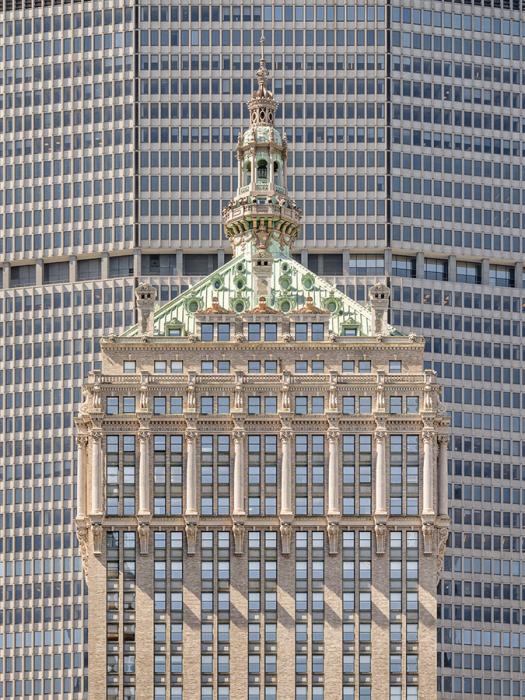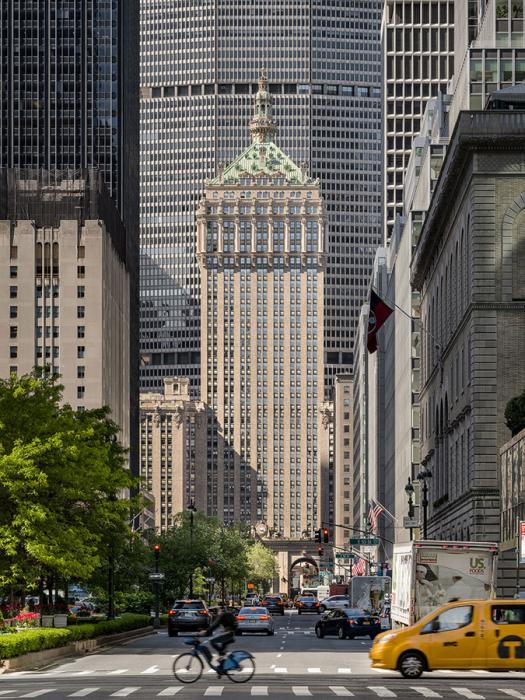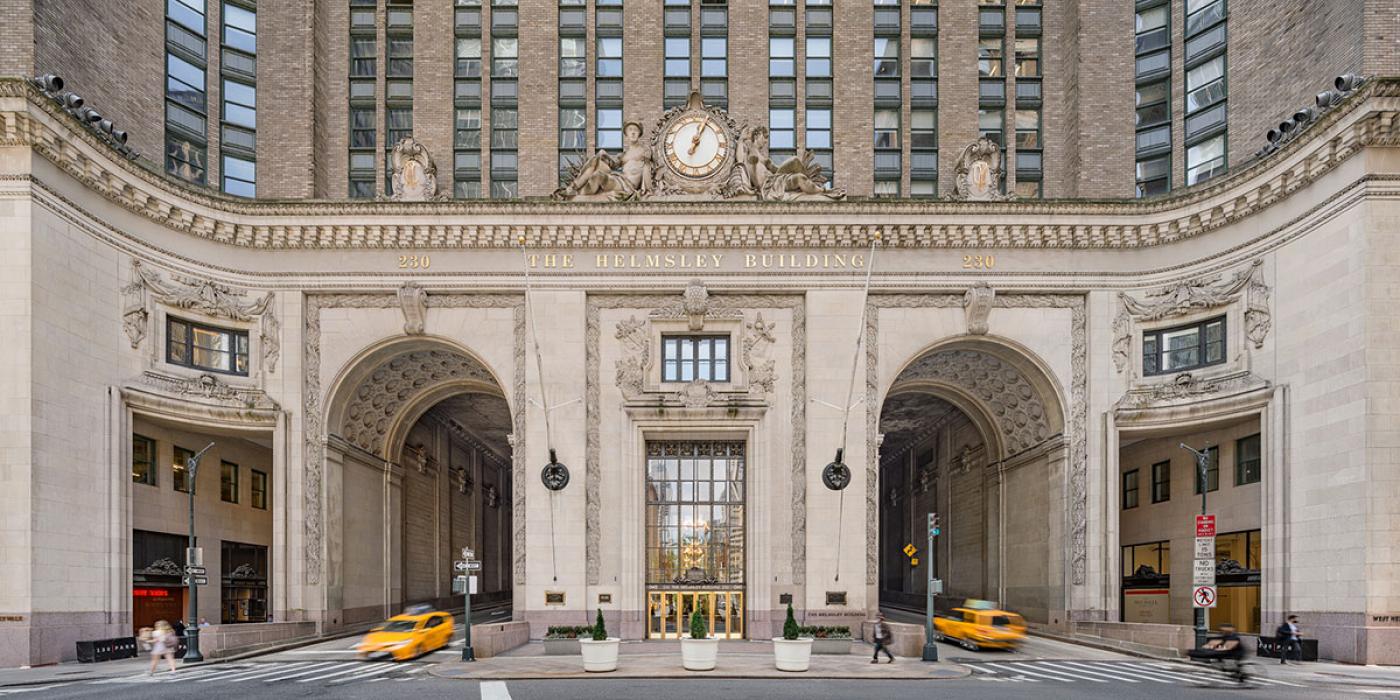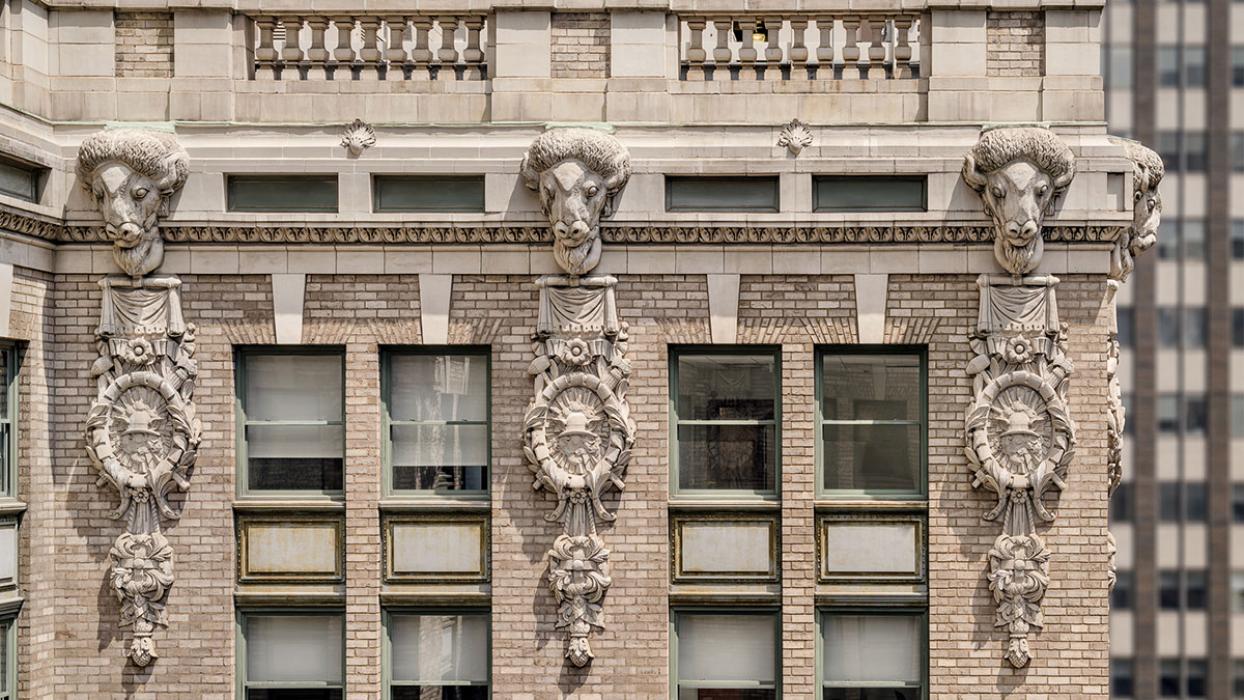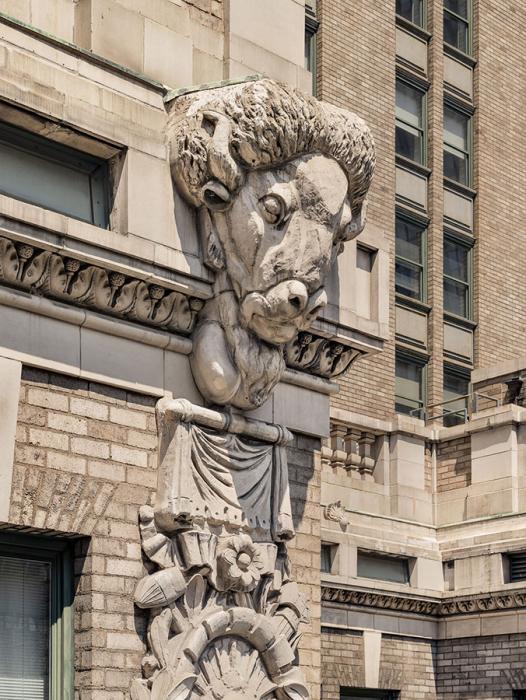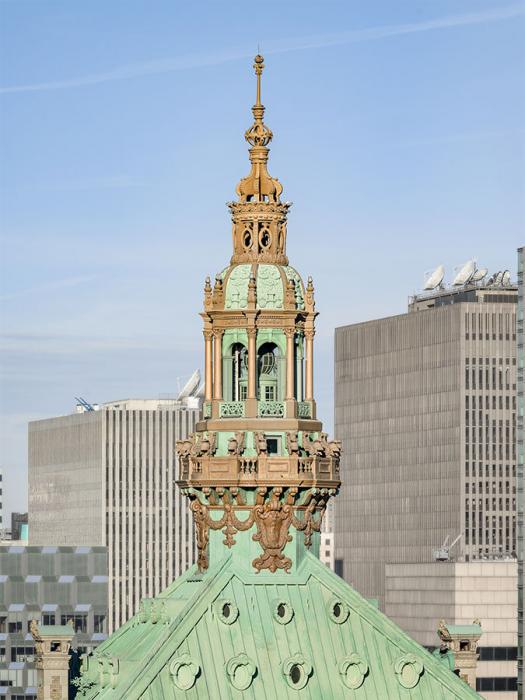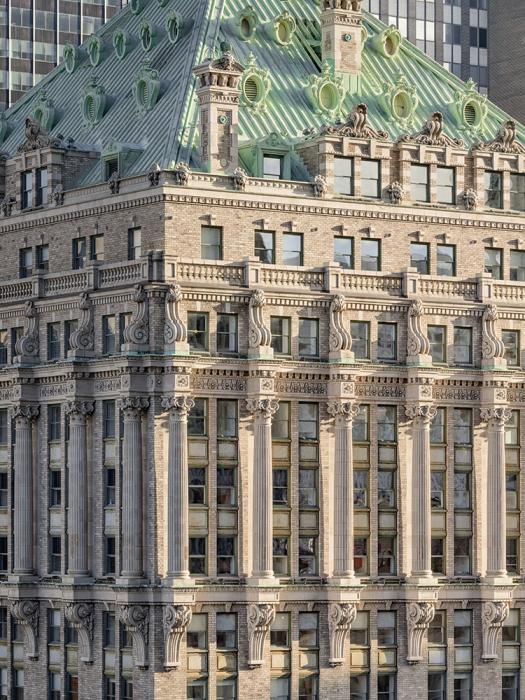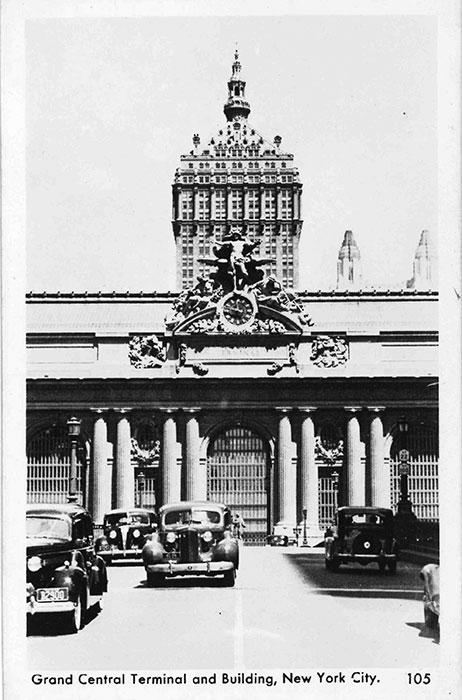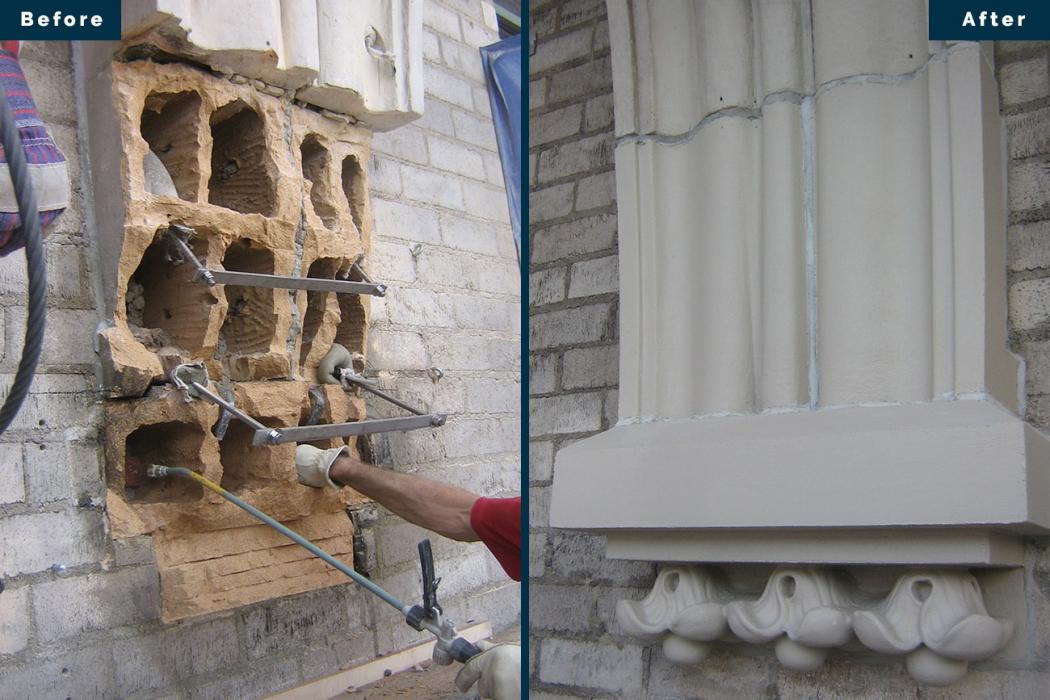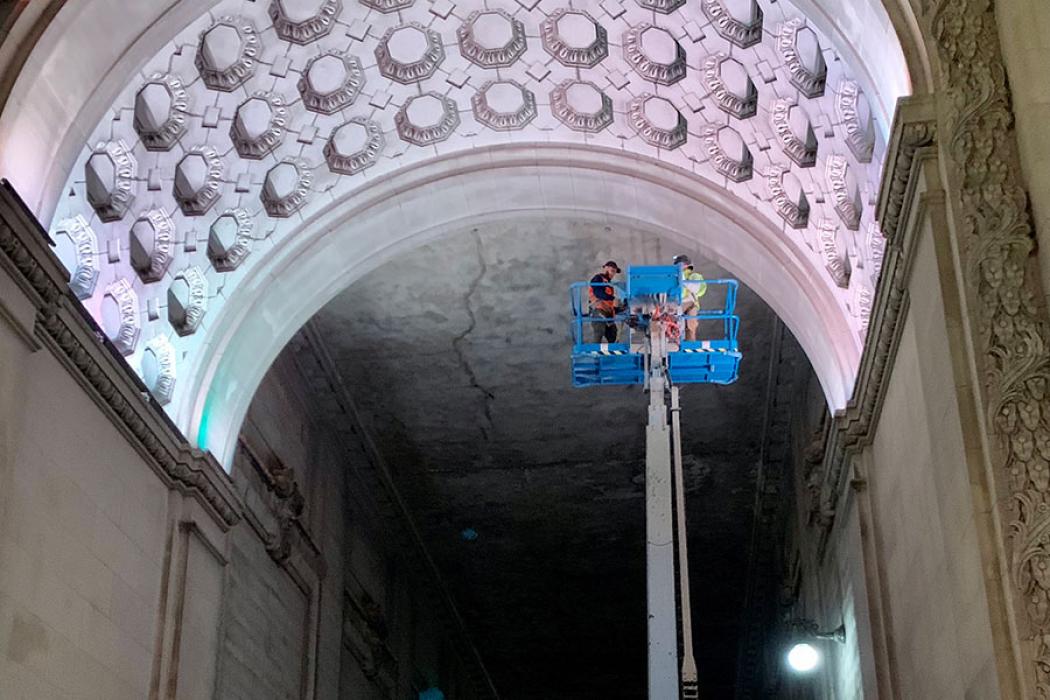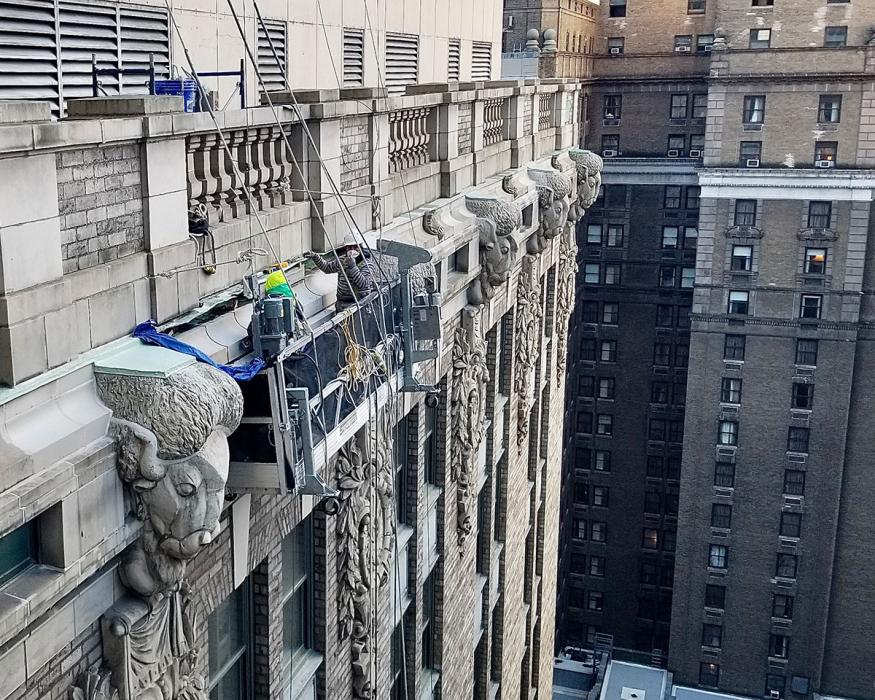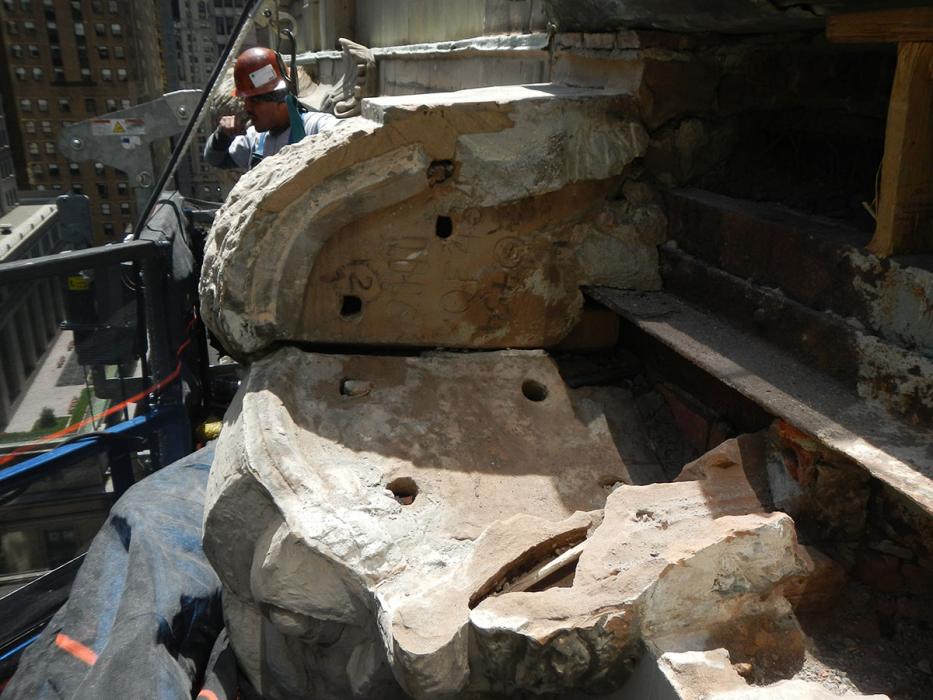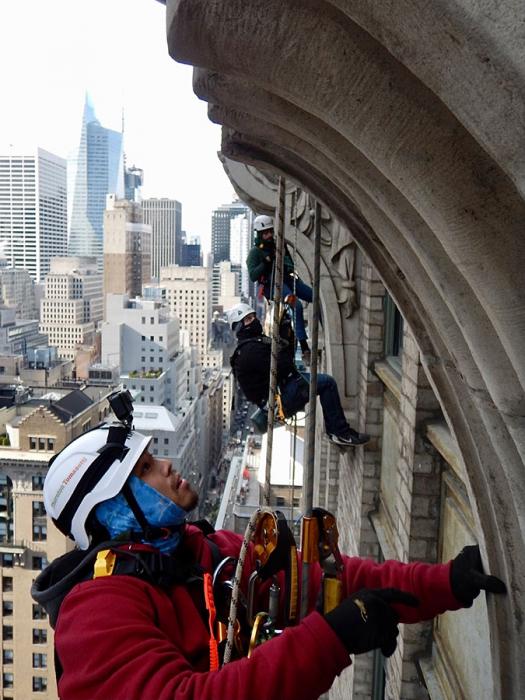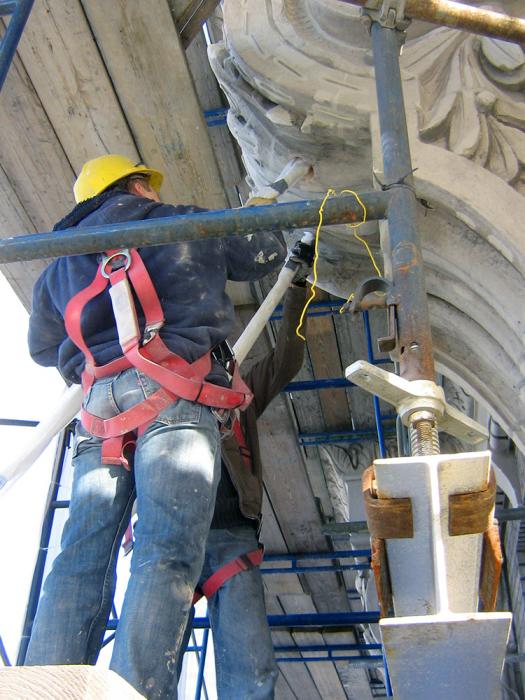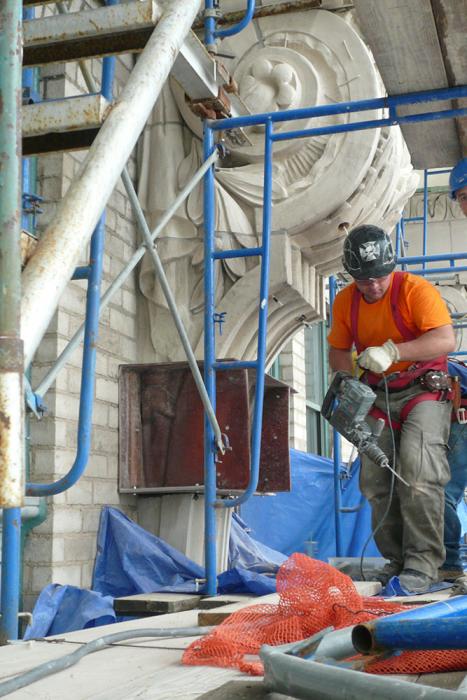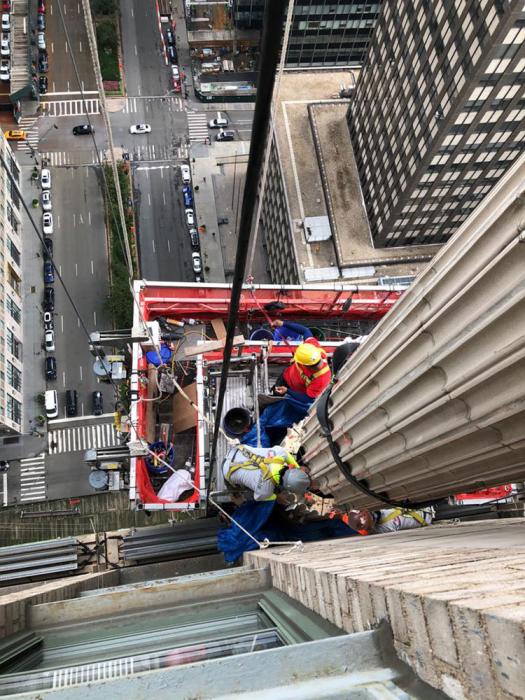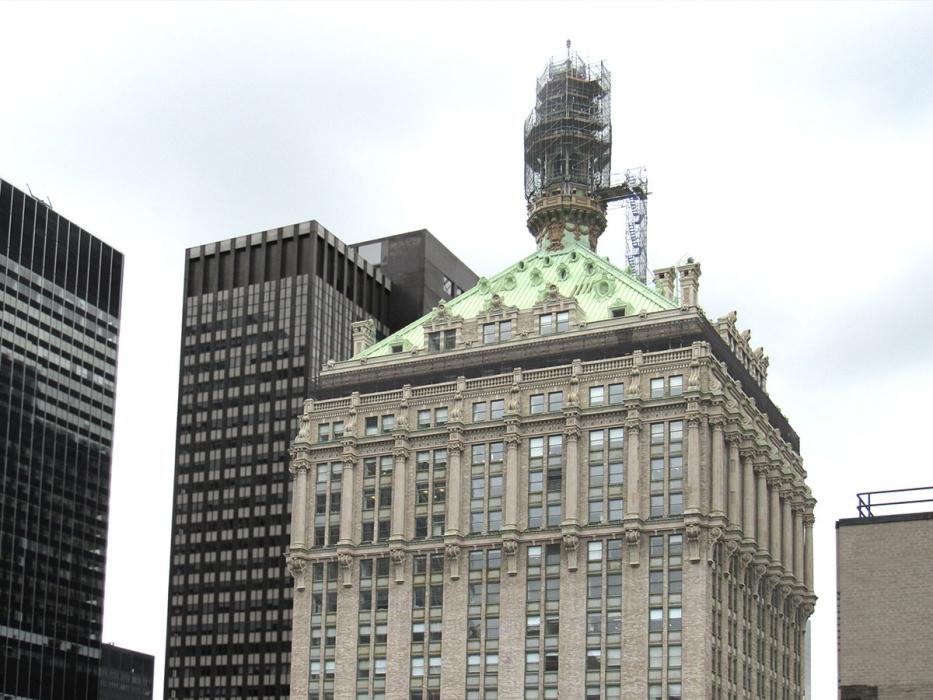Helmsley Building, 230 Park Avenue
The Helmsley Building restoration sets a precedent for repairing historic terra cotta.
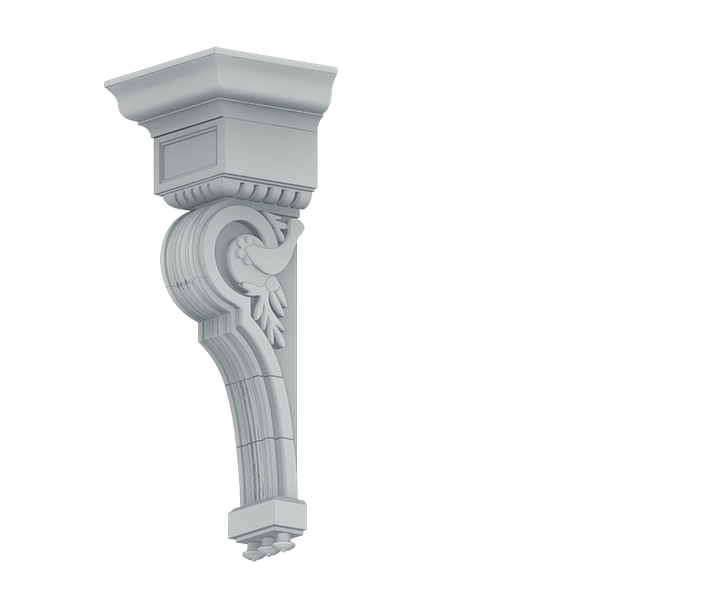
Project Details
New York Landmarks Conservancy, Lucy G. Moses Preservation Award, 2022
Retrofit Magazine, Metamorphosis Award - Exterior Renovation, 2021
Structural Engineers Association of New York, Excellence in Structural Engineering, 2014
The Challenge
The Helmsley Building, at 230 Park Avenue, is “an outstanding example of a Beaux-Arts style skyscraper,” according to the New York State Historic Preservation Office, and has been described by the New York City Landmarks Preservation Commission as “one of the most recognizable and most admired skyscrapers in New York.”
Completed in 1929, 230 Park Avenue was the last major work in New York City of architects Warren and Wetmore. It is the crowning achievement of Terminal City and the skyscraping counterpart to Grand Central Terminal; it was designed by the same architects, for the same client and of the same materials as Grand Central Terminal. The building consists of a 16-story low-rise structure and a slender 32-story tower capped by a pyramidal roof and a crowning cupola. It also features ornamentation by American sculptor Edward McCartan, including its iconic Park Avenue clock flanked by heroic-sized figures of Mercury and Industry.
Distinct terra-cotta elements define the façade, including 32 freestanding, three-story Corinthian columns. At each column, there is a terra-cotta bracket at the 28th floor and a top bracket at the 32nd floor. The façade also has 74 six-foot-tall terra-cotta bison heads that make up the cornice of the low-rise structure.
The Helmsley Building recently underwent a comprehensive façade restoration program from the cupola atop the crown to the vehicular portals at Park Avenue. Special challenges included restoring the iconic three-story columns at the 29th floor and six-foot-tall terra-cotta bison heads.
Here's How
Six-Foot Tall Terra-Cotta Bison Heads
The terra-cotta bison heads had cracked due to embedded steel corrosion expansion. Due to their size and intricate elements, it was not feasible to replace the heads, but the design team determined that we could remove and salvage them intact and have them properly repaired. While not quite brain surgery, the repairs required removing the bisons’ craniums in 36 out of the 74 heads. The design called for welding steel plates where needed, adding waterproofing, and resetting and repairing the original terra cotta.
Forensics Using Finite Element Modeling
A preconstruction survey had found large-scale systemic cracking in the terra-cotta brackets that sit directly below the columns at the 28th floor and which project six feet from the building’s façade. We used nondestructive evaluation techniques, including impact echo, ultrasonic pulse velocity and infrared scanning, to better understand the cause of the cracking. We then developed a finite element model, with data inputs from the preconstruction survey, to analyze the behavior of the cracks. The model revealed a high stress concentration that closely matched the observed diagonal cracking.
We were then able to implement appropriate, cost-effective repairs, including specially designed six-foot-long stabilization anchors that relieved the stress concentration and allowed us to retain most of the historic terra cotta. We also recast lost sections of terra cotta directly on the building. This solution reduced the schedule and saved the client significant costs while addressing the underlying cause of deterioration.
Structural Health Monitoring
We discovered that heavy corrosion of the structural steel lattice columns within the colossal terra-cotta enclosures – potentially throughout the structure – was damaging the masonry cladding. We installed an impressed current cathodic protection (ICCP) system to arrest the corrosion. The cloud-based ICCP system imparts current into the steel to counteract the electrochemical process of corrosion and transmits monitoring data to the design team. This solution provided significant long-term cost savings over extensive masonry removal and replacement to access the steel.
Colossal Column Rebuild High Above Park Avenue
Where we could not salvage or repair the terra cotta, we had new terra cotta produced. We used a new hydraulic ram-pressing method to accelerate the fabrication schedule, instead of the traditional hand-packing method. The faster extrusion method was not feasible due to the changing geometries of the classical column entasis. The color matching took several rounds of glazing samples to provide a correct match to the existing buff terra cotta.
Crowning Cupola & Vehicular Tunnels
Other major work included restoring the crowning cupola at the top of the pyramidal roof, and the Park Avenue arch portals, two City Beautiful Movement features that enhance the long vista down Park Avenue, which carries vehicular traffic through the base of the building.
Results
The project provided a significant amount of structural steel repairs without adverse aesthetic effects to the historic masonry. These repairs provide comprehensive solutions to prevent future steel deterioration.
Systematic terra-cotta repairs included patching, pinning and coatings, and reinstallation. The team produced new terra cotta for portions of the colossal columns where we could not salvage the original material, and carefully matched the new terra cotta to replicate the original shape, texture, color and glazing sheen.
The project sets a precedent for repairing terra cotta and embedded steel in terra cotta, with a solid foundation in building science. In an era when it is more common to demolish historic terra cotta due to uncertain repair safety, the project demonstrates that preserving historic fabric is more economical than large-scale replacement. The overall intent to preserve the original fabric meets both sustainability and preservation goals.


